Deck & Commander Strategies

Glarb, Calamity's Augur
A Timmy-style deck focused on casting high mana value creatures and lands from the top of the library using Glarb's ability to surveil and cast spells with mana value four or greater, building a board of powerful threats.

Sharuum the Hegemon
An artifact-centric deck that leverages Sharuum's artifact recursion to repeatedly bring back key artifacts from the graveyard, enabling artifact synergies and control elements to dominate the board.

Havi, the All-Father
A legendary tribal and historic graveyard recursion deck that aims to maintain indestructibility through historic spells and recurring legendary creatures, overwhelming opponents with resilience and synergy.

Malik, Grim Manipulator
A sacrifice-focused deck that forces opponents to sacrifice creatures when Malik enters the battlefield, generating treasure tokens to ramp into further spells and disrupting opponents' board states.
Gameplay Insights
- 1
Glarb's ability to cast spells with mana value four or greater from the top of the library allowed Dan to efficiently deploy big threats, putting pressure on opponents early.
- 2
Sharuum's artifact recursion provided resilience against board wipes and removal, enabling repeated threats and synergy with artifact-based combos.
- 3
Malik's forced sacrifice effect created tension on the board, disrupting graveyard-dependent strategies such as Havi's and generating treasure tokens for ramp.
- 4
Havi's reliance on historic cards in the graveyard to gain indestructibility made graveyard exile effects particularly threatening to his game plan.
- 5
Players took advantage of land ramp and mana-fixing lands like Wooded Foothills and Sacred Foundry to accelerate their three-color decks, focusing on curve and resource management.
Notable Cards
-
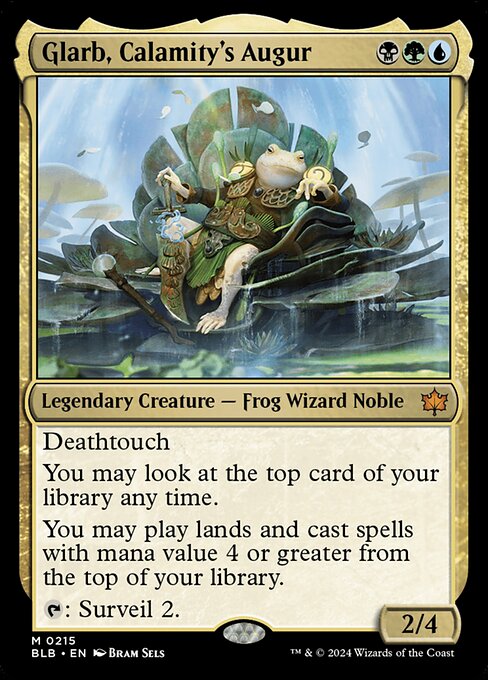
Glarb, Calamity's Augur
-
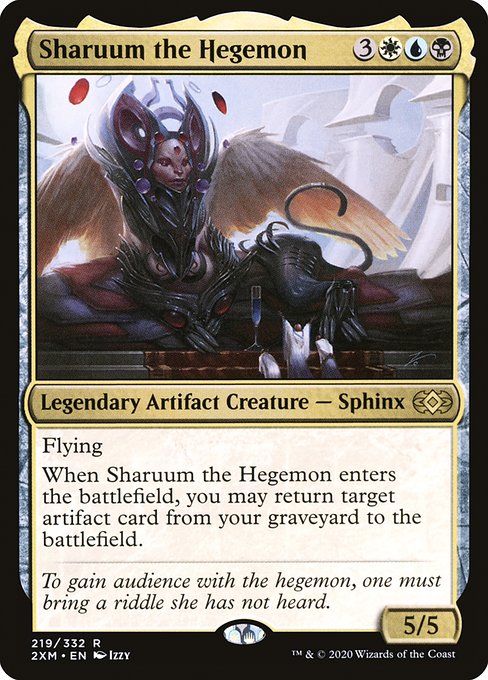
Sharuum the Hegemon
-
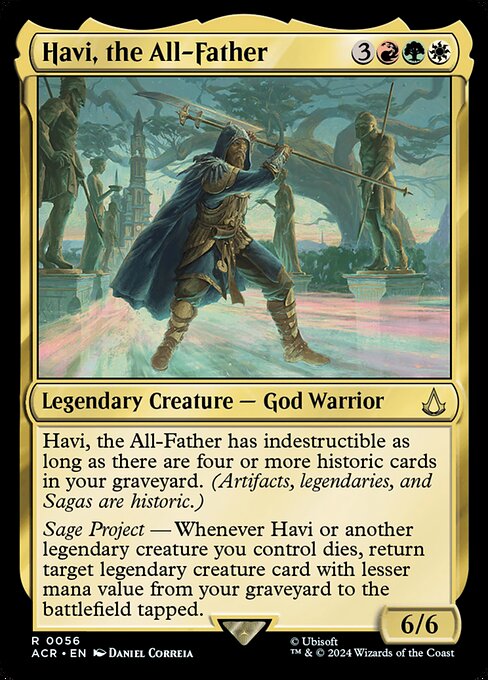
Havi, the All-Father
-

Malik, Grim Manipulator
-
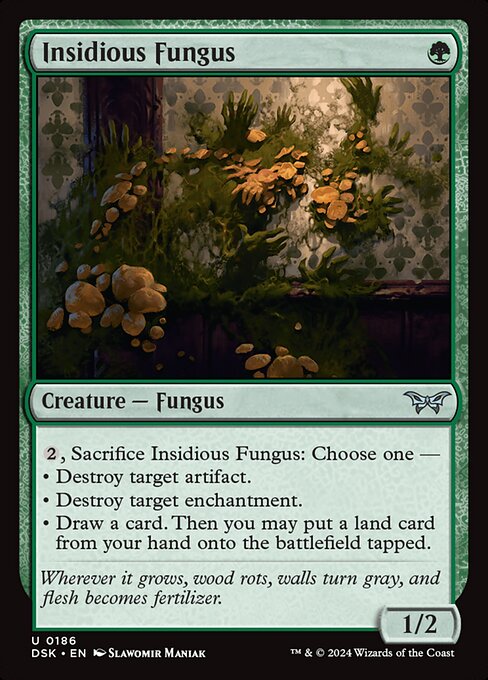
Insidious Fungus
-

Sacred Foundry
-
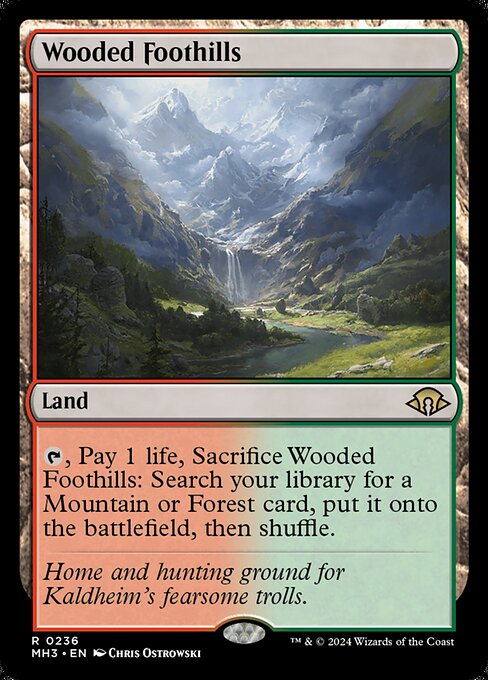
Wooded Foothills
-

Stomping Ground
Gameplay Summary
The game began with all four players deploying their three-color commanders, each with distinct strategies that shaped the early gameplay.
Dan piloted Glarb, Calamity's Augur, focusing on casting high-cost creatures from the top of his deck using Glarb's ability to play lands and spells with mana value four or greater.
Chris ran Sharuum the Hegemon, aiming to leverage artifact recursion and an affinity-style artifact synergy to control the board and generate value.
Mr. Eldrazi played Havi, the All-Father, building a legendary tribal deck centered on historic spells and graveyard recursion to maintain board presence and resilience.
Vince chose Malik, Grim Manipulator, a deck built around forcing opponents to sacrifice creatures, generating treasure tokens to ramp and control the board by attrition. Early turns featured land ramping and strategic plays such as artifact sacrifices and land recursion, setting up each player's game plan.
Glarb's ability to surveil and cast big creatures from the top of the deck presented a slow but powerful threat, while Sharuum's artifact recursion threatened to bring back key pieces repeatedly.
Havi's indestructibility with historic cards in the graveyard and legendary tribal synergies made it difficult to remove permanently, and Malik's forced sacrifices disrupted opponents' plans while fueling his own mana advantage.
The interaction between Malik's sacrifice triggers and Havi's reliance on the graveyard created tension, as did Sharuum's artifact recursion against Glarb's high-cost threats.
The game evolved into a contest of managing resources, board control, and timing key plays to outvalue opponents before the others could assemble lethal combos or overwhelming board states.


![Ep 1: Jarred v Jedit v Elas v Jaxis commander / [EDH gameplay] thumbnail](https://i.ytimg.com/vi/fOXepOqTRcA/sddefault.jpg)
!["Battle of the Commanders" EP: 2 Anje vs Zur vs Jedit vs Phabine [EDH Gameplay] thumbnail](https://i.ytimg.com/vi/ZmDQKhu_A_M/sddefault.jpg)
!["4 Player Commander Showdown "- Ep: 3 Hazezon v Dihada v Willowdusk v Raffine [EDH Gameplay] thumbnail](https://i.ytimg.com/vi/BiDOJLw7a3I/sddefault.jpg)
![All will be one! EP: 4 Prosper v Neyali v Ixhel v Karumonix [EDH gameplay] thumbnail](https://i.ytimg.com/vi/1rB3FW952-4/sddefault.jpg)
![Ep: 5 Tawnos v Yuriko v Purphoros v Urza [EDH gameplay] thumbnail](https://i.ytimg.com/vi/ovuvwBzAQ1U/sddefault.jpg)
![Ep: 6 Myrel v Liesa v Kess v Falco [EDH gameplay] thumbnail](https://i.ytimg.com/vi/Au02HpcLJGA/sddefault.jpg)

![Ep: 8 Xira v Atraxa v Goblinson v Akiri [EDH gameplay] thumbnail](https://i.ytimg.com/vi/vRfqRDjvoXs/sddefault.jpg)

![Knightly Showdown EP: 11 Gisa v. Imoti v. Sidar Jabari v. Syr Gwyn [EDH gameplay] thumbnail](https://i.ytimg.com/vi/P8KX_caip9U/sddefault.jpg)
![Commander VS S14E7: Sharuum vs Jhoira vs Melek vs Kynaios and Tiro [EDH] thumbnail](https://i.ytimg.com/vi/1vD3yLJEw7E/sddefault.jpg)




![Sharuum vs Grimgrin vs Mogis vs Kynaios and Tiro [EDH Gameplay] 2020 thumbnail](https://i.ytimg.com/vi/QpJrr_CcH2M/sddefault.jpg)



















![Secret Lair Shuffle [Commander VS 299] | Magic: the Gathering EDH Commander Gameplay thumbnail](https://i.ytimg.com/vi/8A3esNBvsUg/sddefault.jpg)









